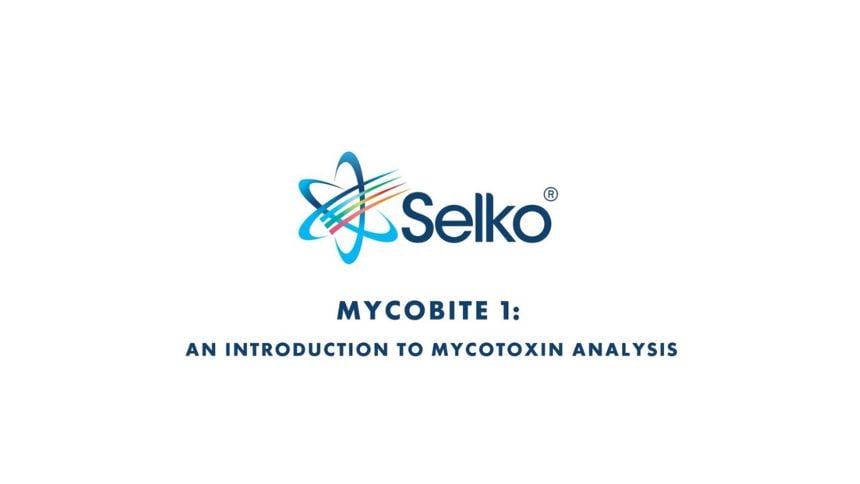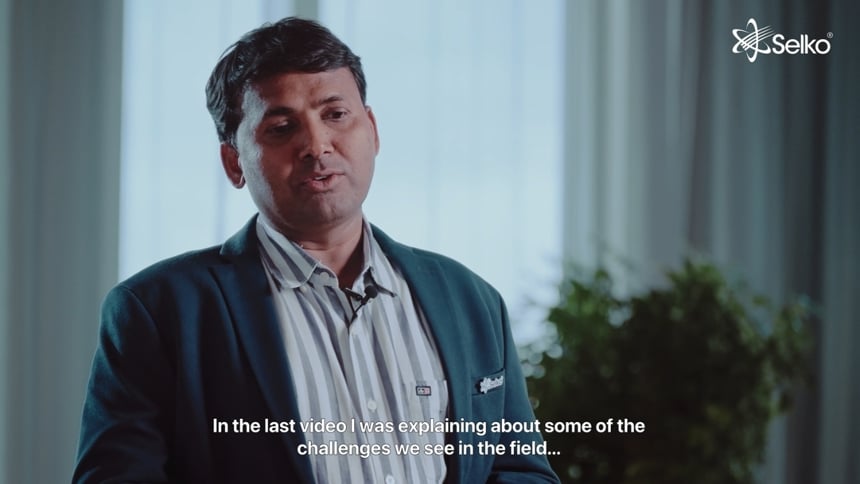Identifying the risks
To help identify the risk of mycotoxins in feed on the farm, we offer Mycomaster, a lateral-flow smart device that provides a reliable quantitative reading of the contamination levels in feed materials and compound feed. It enables rapid on-site, cost-effective and user-friendly analysis of six different mycotoxins: Zearalenone, Deoxynivalenol, Aflatoxins, Fumonisins, Ochratoxin and T2-HT2.
This easy-to-use tool gives results within 15-30 minutes, which means that feed producers can analyse mycotoxins themselves. It can also be connected to Trouw Nutrition's global data exchange system, allowing the review of data collected from all over the globe. Read more about this NutriOpt service, called Mycotoxin Adviser.
Ensuring proper quality control
Since mycotoxins are produced by moulds, it is important that raw materials and feed are stored properly at feed mill or farm level. Quality control is key: new materials should be tested upon arrival, so you can detect contamination levels and even reject raw materials if mycotoxin levels exceed guidance values.
Proper hygiene measures on the farm are also crucial to prevent mould and mycotoxin development at a later stage. For example, regular cleaning of feed troughs will prevent residue feed from getting mouldy. Pay special attention to silage, which can be prone to mould growth due to the favourable conditions during storage. Finally, animal performance should be monitored closely, to detect any symptoms of increased mycotoxin levels.
Applying powerful solutions
Once raw material or feed quality have been assessed and the mycotoxin levels identified, you may need to take action to prevent mycotoxins from affecting animal health and performance.
Studies around the world have shown Selko's TOXO products to be effective in mitigating mycotoxin contamination. Products from this portfolio can be applied if mycotoxin contamination occurs in raw materials or complete feed or incorporated into the feeding programme through premixes or feed.
Selko's TOXO products provide a complete solution for a broad spectrum of mycotoxins, through the combination of its three main modes of action, designed to support animal health and performance during mycotoxin exposure.









